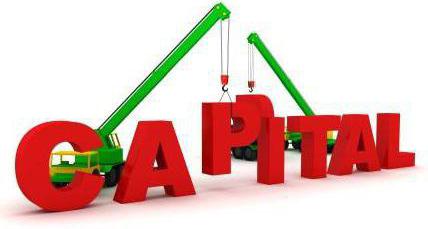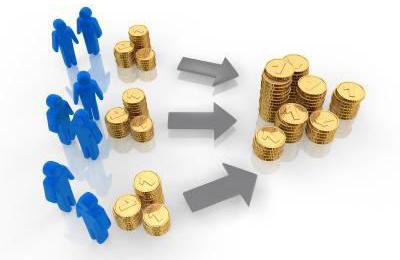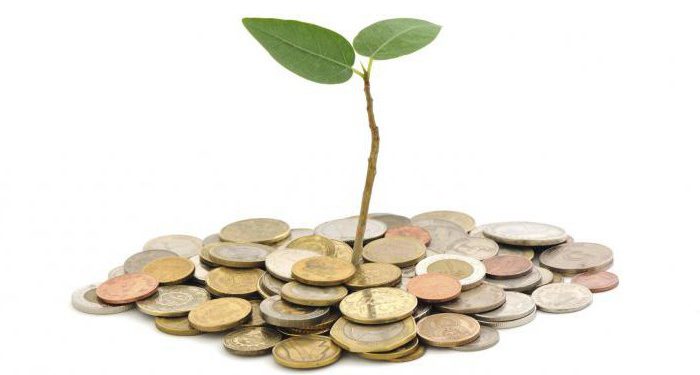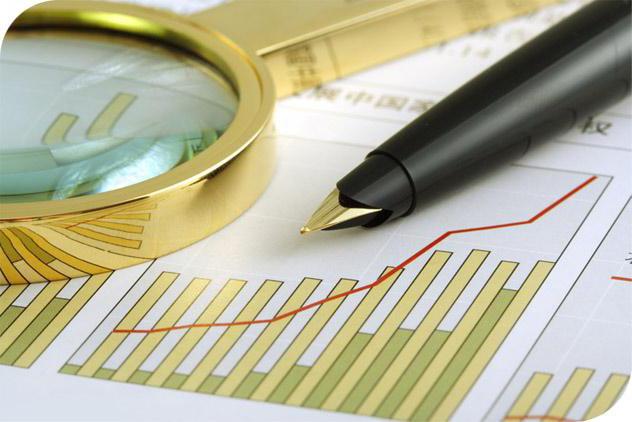Capital is a variety of goods that are invested in production for profit. The founder of modern economics, Adam Smith, defined him as part of a person’s property, from which he expects additional income. To date, there are various types of capital. However, before this word meant all movable property of the company. In the Middle Ages, loans were called capital in France, the percentage of which was paid in the heads of cattle. This is consistent with the original meaning of the Latin word caput, from which the term comes. In the modern economy, fixed capital is buildings, structures and equipment used in the production of goods, and working capital is materials and raw materials that are fully consumed in one production cycle.

Definition
Thus, the concept of capital implies all durable goods or any non-financial assets that are used in the production of goods and services. Their updating in the form of depreciation costs is laid down in the cost of output. But here it all depends on the form of capital.
Features
Fixed capital differs from land or other non-renewable resources in that it can be increased through human labor and entrepreneurial abilities. With the help of an arrow, a caveman could shoot a beast or a bird. Since it increases his ability to perform useful work, it is his capital. For a modern person, an arrow is most often a collectible. If he does not earn on it, then it is not his capital. Does not apply to capital for most people and housing, and their personal cars. The exception is those who work at home, and taxi drivers. In the Marxist theory of political economy, capital is understood as money that is used to buy something and then resell for profit. The process of such commercial exchange is the basis of a capitalist economy. In modern schools of economic thought, this is only one type of capital - financial.

In the narrow sense
Classics and neoclassics understand capital as a factor of production, which is used along with land and labor. Its feature is that it is not used immediately in the production process, as is the case with raw materials, and its cost can increase due to human efforts. Marxist theory distinguishes the following types of capital:
- Permanent. These include benefits that are used in production (buildings, premises, equipment).
- Variables They correlate with labor productivity, which is estimated in the wages of workers in production.
- Fictitious. These include non-material assets such as stocks, bonds and other securities.

Broad definition
The earliest ideas about capital described it as material things. It could be constructions, machines, equipment that are used in the production process. However, from the 1960s, economists began to use a broader interpretation of the term. For example, investing in skills development and employee education can be seen as a contribution to human capital. The issue of a broader definition of the term is still being discussed by many economists. Separately allocated advanced capital. It represents assets invested in production for future profit.Most often, these are funds that are provided to perform a specific task of reorganizing processes or creating a new enterprise.

Modern types of capital
- Financial. It represents the obligation of an enterprise to its shareholders and is used as money for trade. Its value does not depend on historical premises.
- Natural. It is characterized by the state of ecology and the amount of resources, such as trees.
- Social. It includes the reputation and value of the brand.
- Intellectual. There is no generally accepted point of view as to what is meant by this type of capital. However, in a broad sense, all forms of knowledge transfer from one individual to another fall into this category.
- Human. This is a very broad concept, which includes all forms of personality development. Often it is used in the theory of sustainable development.

Interpretations
The economist Henry George believed that such types of capital as stocks, bonds, loans, bills and other certificates, in fact, should not be allocated in a separate group. An increase or decrease in their value does not affect the overall welfare of the community (state). Therefore, they can not be attributed to the types of capital. Werner Sombart and Max Weber find the origins of the modern concept of this concept in double-entry bookkeeping. They define capital as the amount of wealth that is used to make a profit. He paid attention to this concept in his famous book “The Wealth of Nations” and Adam Smith. He allocated fixed and working capital. To the first, he attributed physical assets that are not consumed in the production process. For example, cars or storage facilities. The second is the physical assets that are consumed in the production process.
For example, raw materials and blanks. Marx introduces the concept of variable capital into science. By it he means investments in labor. In his opinion, only they create added value in the capitalist economy. Investments in other factors of production Marx calls constant capital. It is necessary to distinguish between the concepts of savings and investments. As Keynes noted, the former arise when an economic entity does not spend all its current income, and the latter means the purchase of certain goods on which you can earn. Thus, buying a personal car is not an investment, unless the person is a taxi driver or a good car is needed to enhance his business image. Representatives of the Austrian school of economics understood capital as “higher order” products, since other goods and services are produced with their help. The most discussed today are three forms of capital: social, individual and intellectual. All of them are connected with personal abilities and human capabilities, since it is he who is the central subject of the modern economy.






